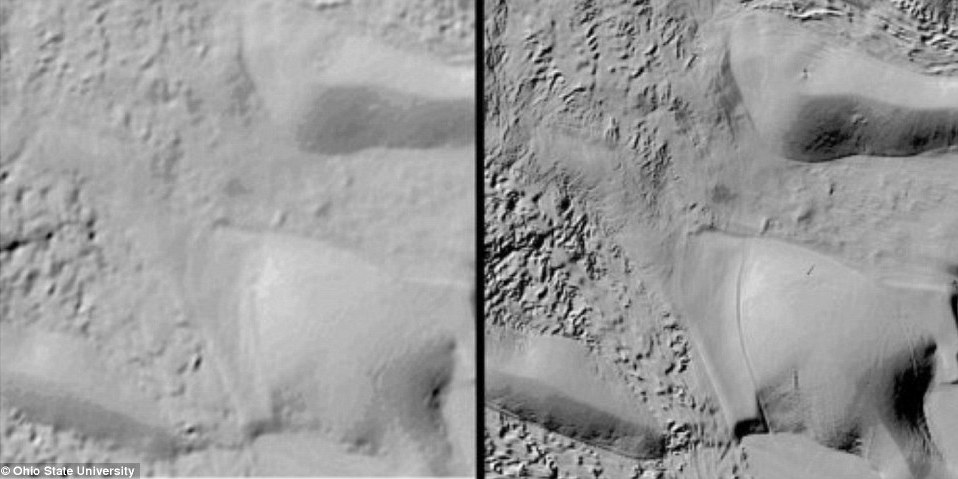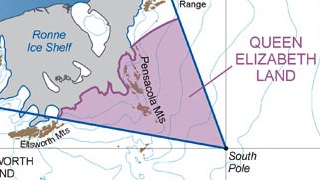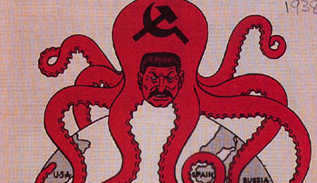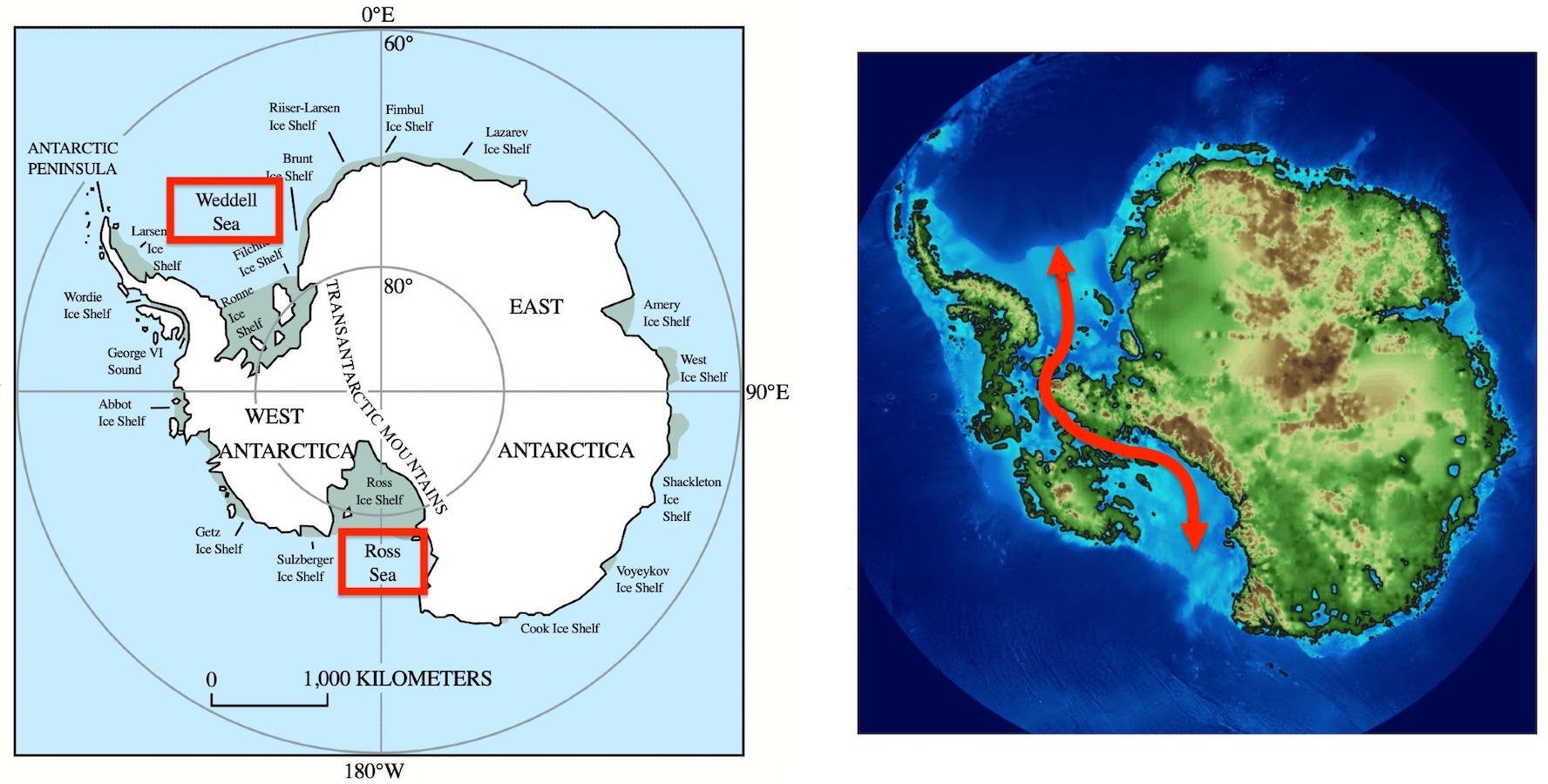Westarctica: The micronation with a real-world purpose
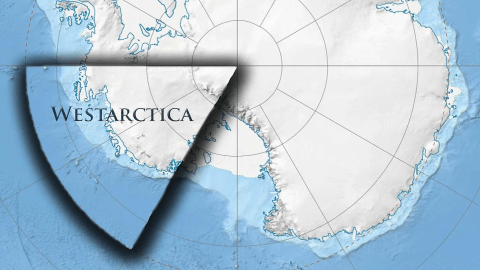
- Seven countries each have staked a claim to a slice of Antarctica, but all those claims were by the Antarctic Treaty of 1959.
- In 2001, however, naval intelligence specialist Travis McHenry found a loophole in the Antarctic Treaty.
- So began Westarctica — a micronation with its own flag, currency, and Grand Duke.
Marie Byrd Land, in Antarctica, was named after the wife of the American explorer Richard E. Byrd Jr. He must not have liked her very much, because even by the harsh standards of the South Pole, this land is inaccessible and inhospitable, cold, and unforgiving.

The wedge-shaped area, bounded by 60 degrees south, 90 degrees west, and 150 degrees west, is about 620,000 square miles (1.6 million km2), more than twice the size of Texas. Yet it hosts no permanent research stations and is not claimed by any nation.
Seven countries each have staked a claim to a slice of Antarctica, but all those claims have been frozen by the Antarctic Treaty of 1959, an international agreement to use the continent for peaceful scientific research and not military purposes. Together, those claims cover most of the continent at the bottom of the world — except Marie Byrd Land, which is the largest unclaimed territory in the world.
At least, it was until 2001, when naval intelligence specialist Travis McHenry said he found a loophole in the Antarctic Treaty: While it prohibits countries from laying claim to parts of Antarctica, it says nothing about private individuals.
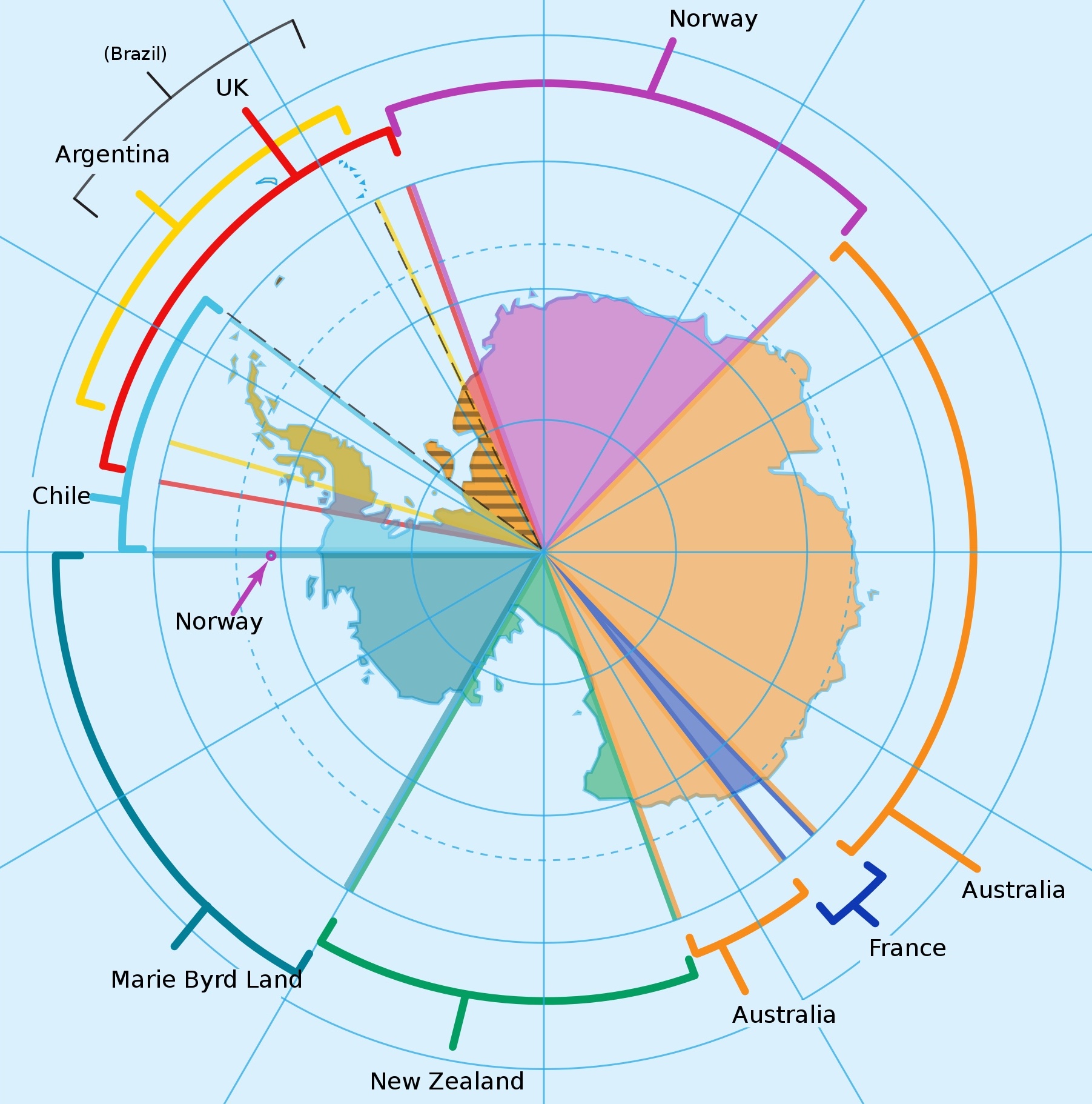
So, McHenry proclaimed himself consul-general of this freezing no man’s land (or terra nullius, in Latin), which he initially dubbed “the Achaean Territory of Antarctica.” He duly notified the other claimants to the continent. They never replied.
In 2004, McHenry upgraded the territory to a grand duchy and renamed it Westarctica, a nod to the Kingdom of Westphalia, a Napoleonic creation. And then, in another imitation of Bonaparte, McHenry crowned himself. Long live Grand Duke Travis I!
Many people will find this behavior exceedingly strange. For some, however, it will ring a bell — me included. I must have been about 12 years old when I declared my room independent. My own private kingdom didn’t last long: It rapidly balkanized into a medley of minuscule republics, empires, and emirates. But that was part of the fun: It meant more flags and maps to draw, more stories to invent, more wars to wage.
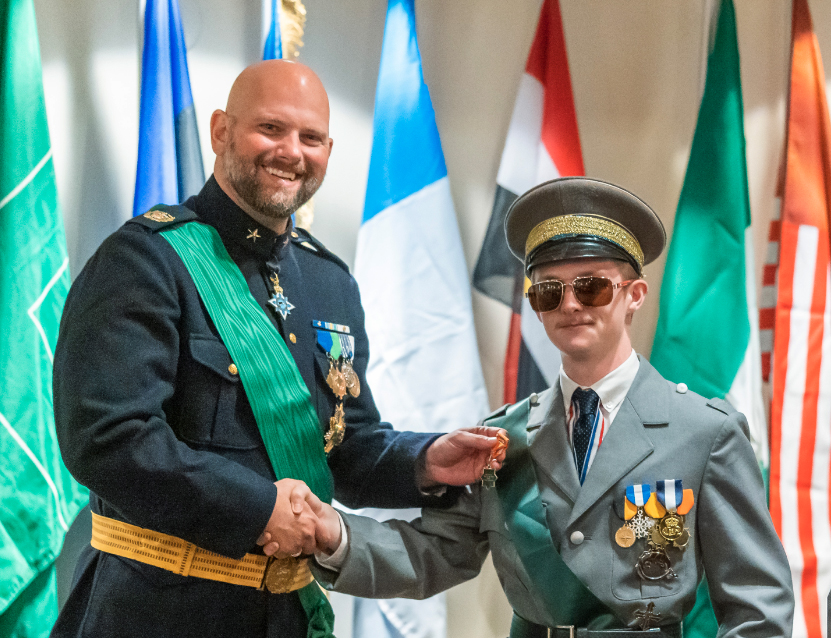
My secession might have been private, but it is hardly unique. At this very moment, an incalculable number of bedrooms, garden sheds, and haylofts have parted ways with their drab geopolitical realities, under the inspired leadership of their various Dear Leaders.
Having lived it, I understand this urge to role-play with the trappings of statehood, also known as micronationalism. While my micronation eventually merged back into the real world, as most others do, some self-proclaimed micronations not only stand the test of time but also solidify into something more than half-serious.
Over the years, these micronations devise elaborate backstories, print their own money and stamps, often finding an online following and granting grandiose titles to those willing to pay the right amount of doubloons.
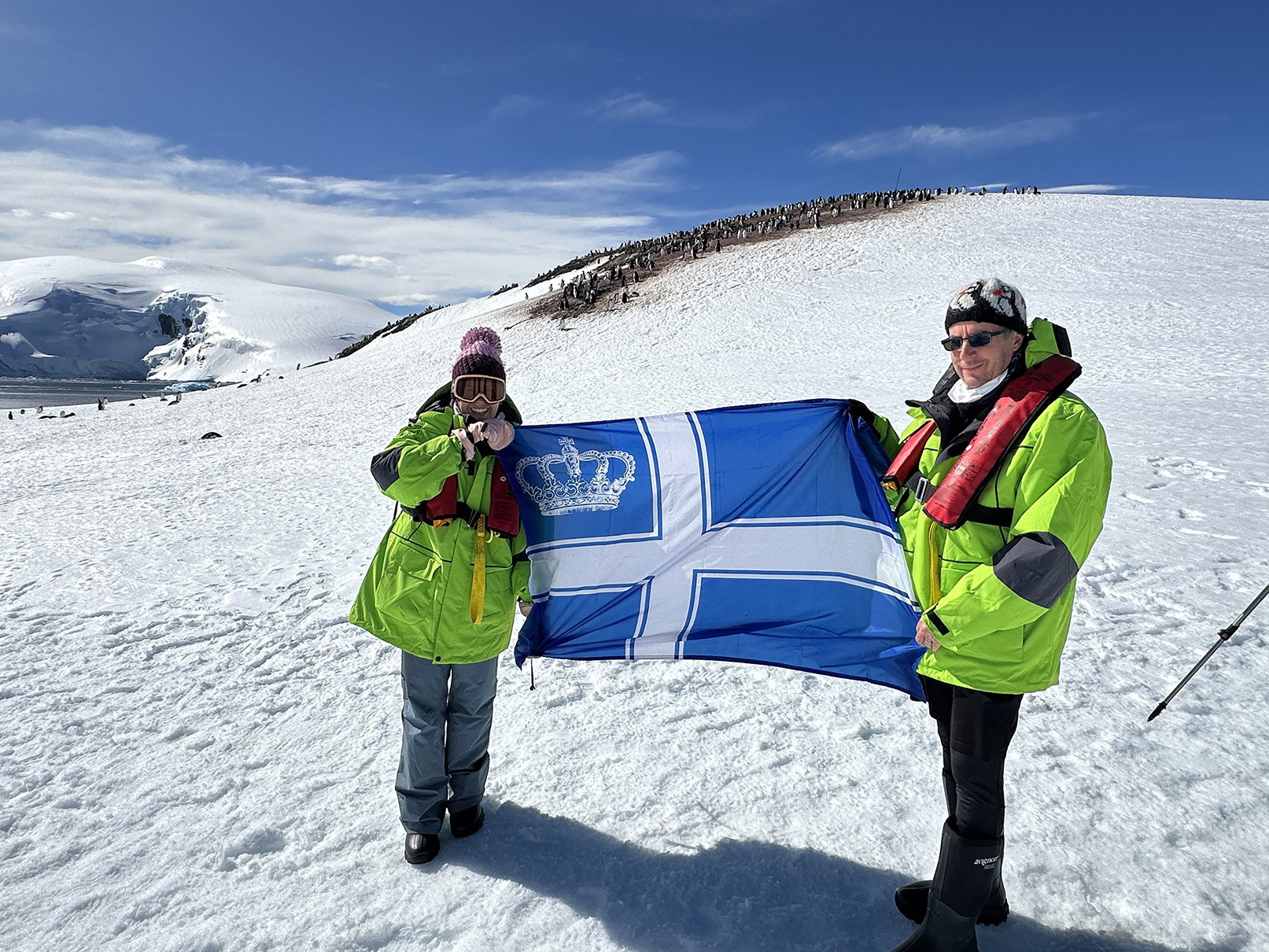
Depending on your source, there are anywhere between 100 and 140 of these “advanced micronations” active at any one time. Many are uniquely weird. Some examples:
- Headquartered in Nevada, the Republic of Molossia also claims territory on the planet Venus. Guns are banned in Molossia, as are walruses, catfish, onions, and anything from Texas (except Kelly Clarkson). Molossia maintains a state of war with East Germany, even though that country no longer exists.
- The Kingdom of Talossa, near Milwaukee, boasts its very own invented language. With a vocabulary of 35,000 root words and 121,000 derived words, Talossan is one of the most detailed artificial languages ever developed.
- The Republic of Kugelmugel is located in Vienna’s famous Prater park. It consists of a single, spherical building. When the Austrian authorities informed the architect that round shapes were not allowed, he declared the building’s independence rather than tear it down. Ironically, the building (and the republic) are now administered by the city of Vienna.
- In 2004, gay rights activists in Australia declared the independence of the Gay and Lesbian Kingdom of the Coral Sea Islands, as a protest against their government’s refusal to recognize same-sex marriages. The Kingdom was dissolved in 2017 when those unions became legal in Australia.
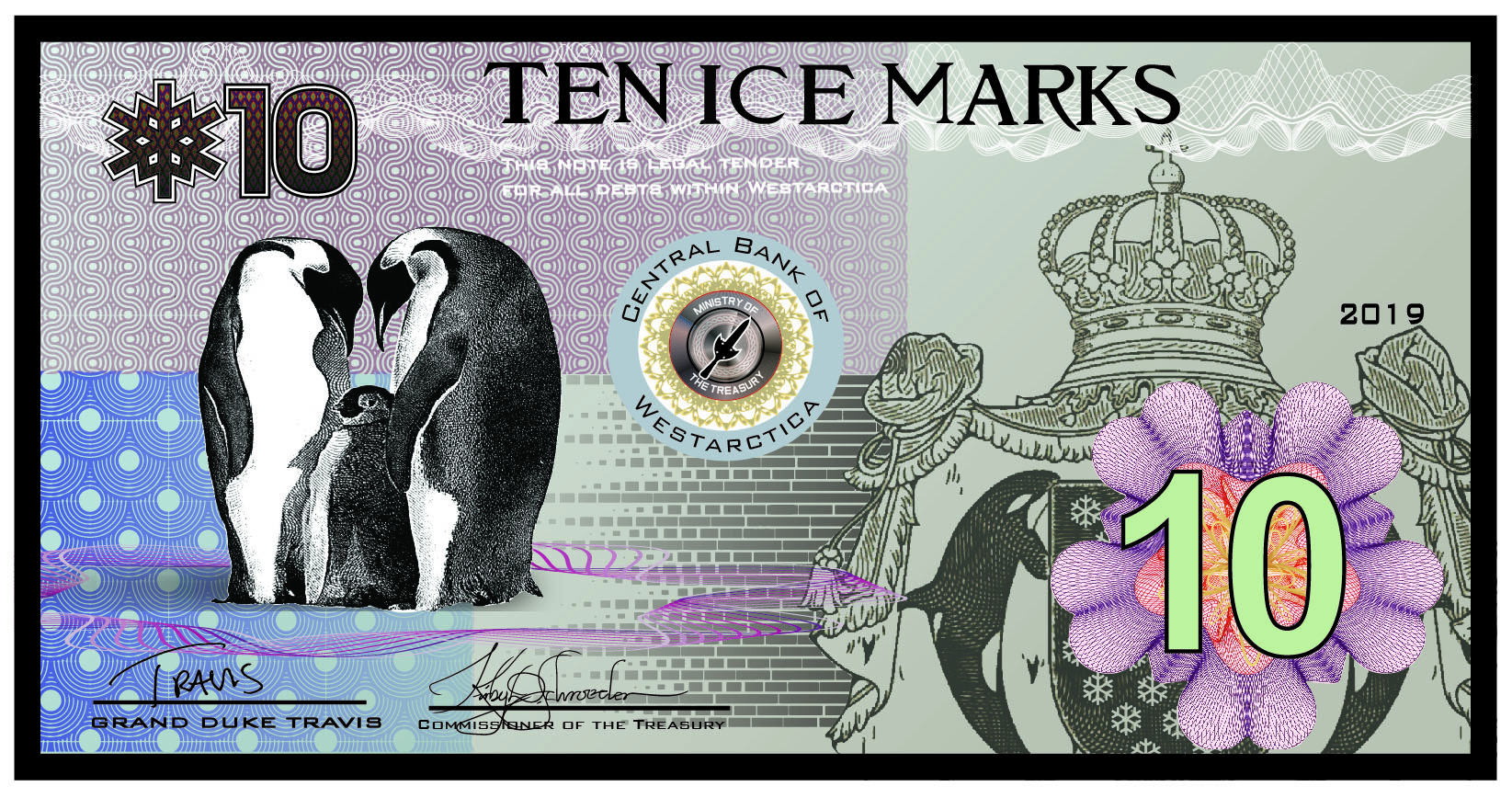
Grand Duke Travis’s fictional empire has the distinction of being one of the largest such projects in existence, so large that it can hardly be called a “micronation,” except by virtue of its virtuality.
Virtual is not the same as non-existent. For proof, a bit of Westarctic history: In 2006, McHenry’s then-employer — the U.S. Navy — requested that he cease communicating with foreign governments. McHenry gave up his throne and was succeeded first by Philip Karns (a.k.a. the Duke of Ravenscroft) and later by Jon-Lawrence Langer (a.k.a. the Duke of Moulton-Berlin).
But Westarctica was wilting: its web presence spluttering, its virtual population plummeting, the few remaining citizens disagreeing on what to do next.
So in 2010 McHenry, now out of the Navy, staged a coup, reclaiming his title and eventually revitalizing his nation. Today, Westarctica has about 2,300 citizens, although only a few hundred are “active.”
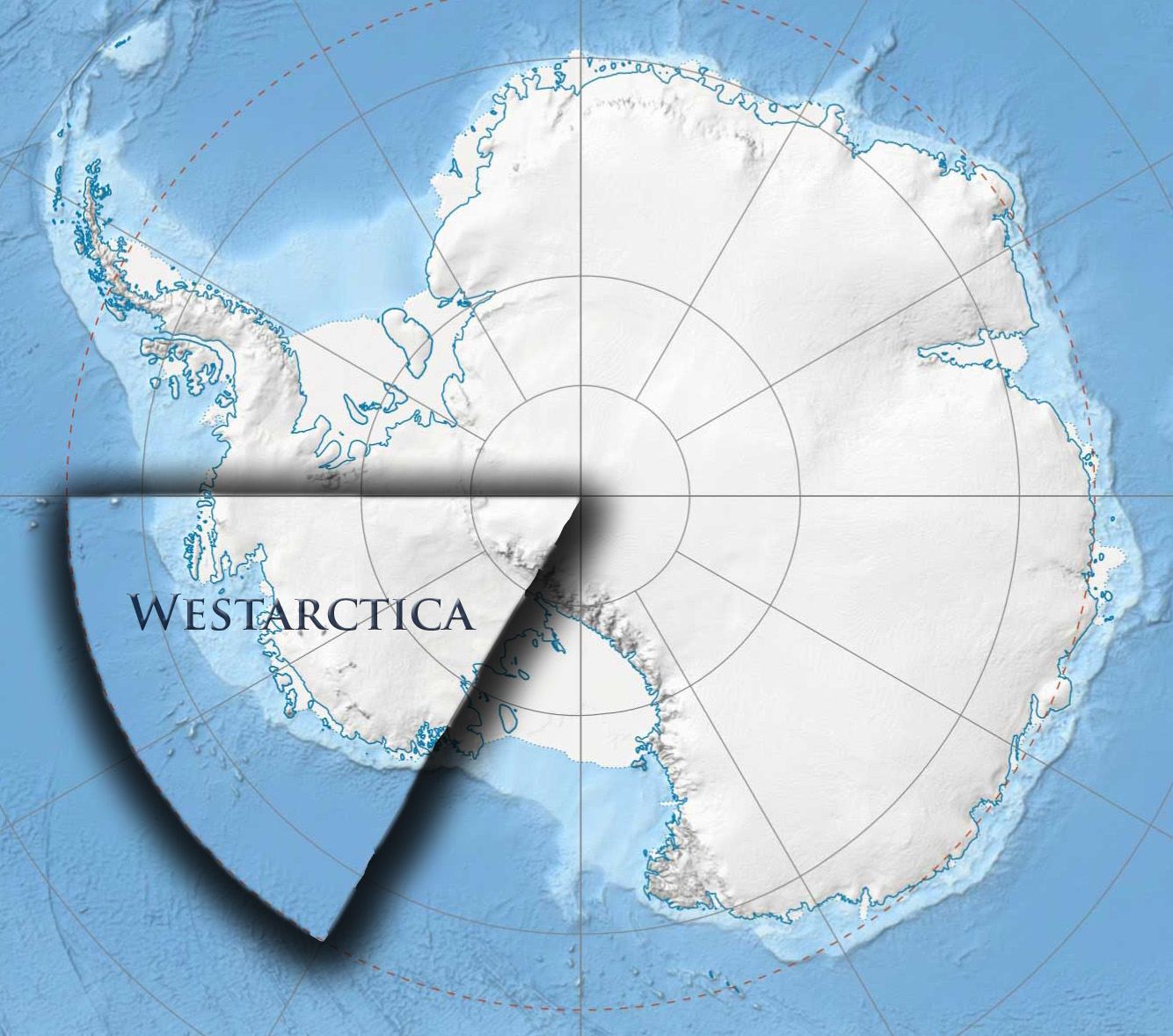
If Westarctica is still an ongoing concern, it’s thanks in large part to its revamped raison d’être. Once, McHenry dreamed of establishing a physical presence in his fictional monarchy, but that task has proved all too daunting. Westarctica is now a nonprofit organization, focused on raising awareness about the effects of climate change, even doling out small grants for conservation scholarships. Westarctica (or Marie Byrd Land, to be a bit more exact) is one of the fastest warming parts of the planet — warming roughly five times faster than the mean global rate, raising potentially serious consequences for the local wildlife and ice and snow cover.
Conservation is not the only way Westarctica is reaching out to the world. The Grand Duchy is a member of the Antarctic Micronational Union (AMU), an association of nine micronations with claims on Antarctica. The AMU aims to protect the claims of its members against those of other claimants.
By “other claimants,” we may assume that refers to other micronations, not the seven actual claimants to chunks of Antarctica. Micronations exist only if they don’t endanger the sovereignty of actual states. The King of Molossia, for example, duly pays his state and federal taxes, and just thinks of them as “foreign aid.”
As a nature conservancy nonprofit, Westarctica may have found an unobtrusive niche that ensures its continued survival, even as Marie Byrd Land itself rapidly melts away.
For more on Westarctica, check the official Westarctica website and the Encyclopedia Westarctica.
MicroCon is a biennial meeting of micronations. Another forum is PoliNation, meeting more sporadically.
Strange Maps #1234
Got a strange map? Let me know at strangemaps@gmail.com.
Follow Strange Maps on X and Facebook.

